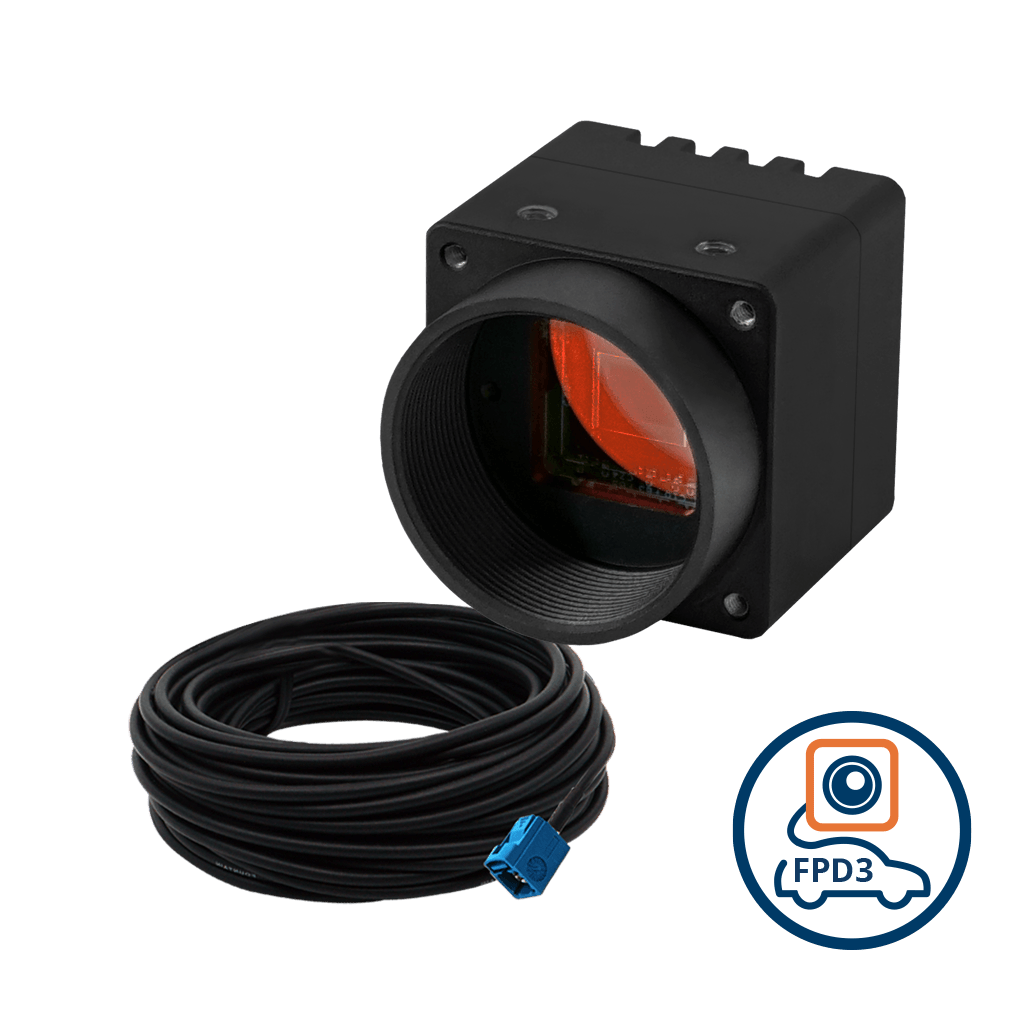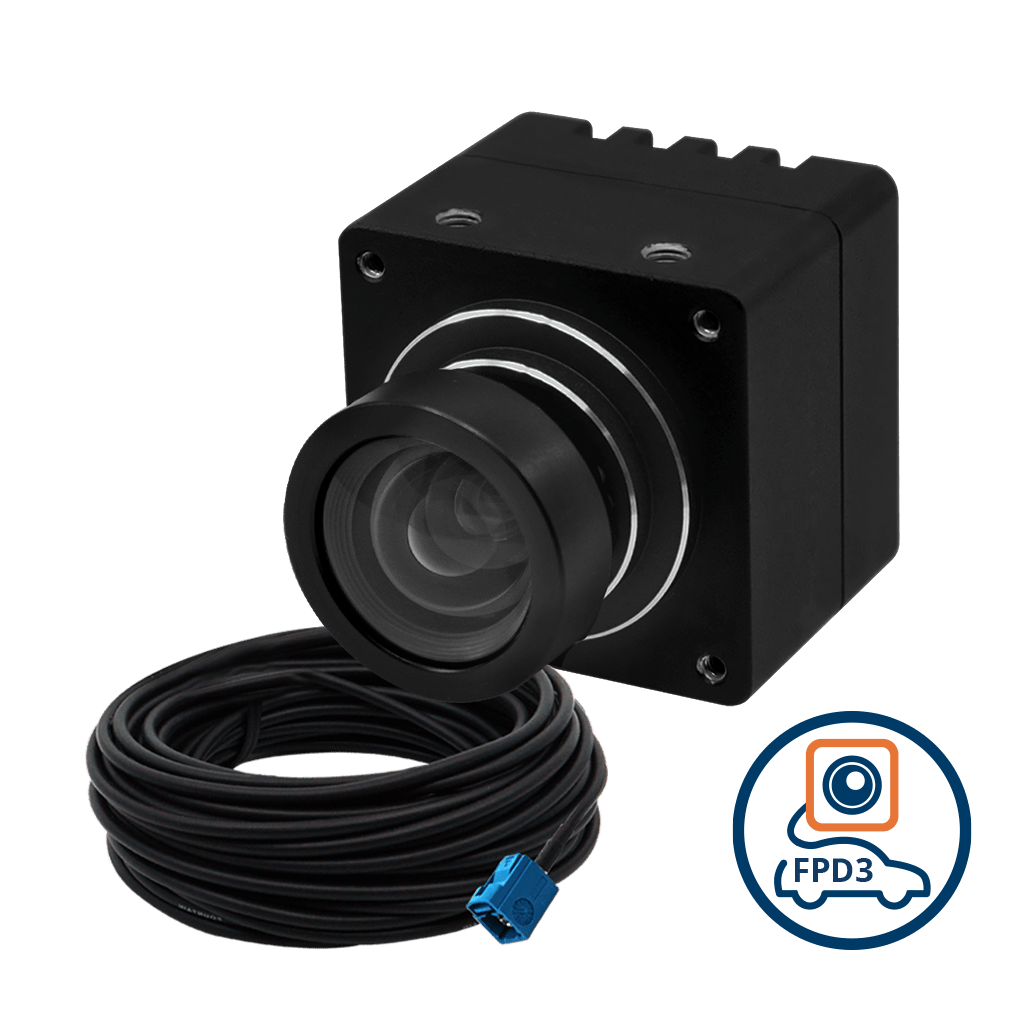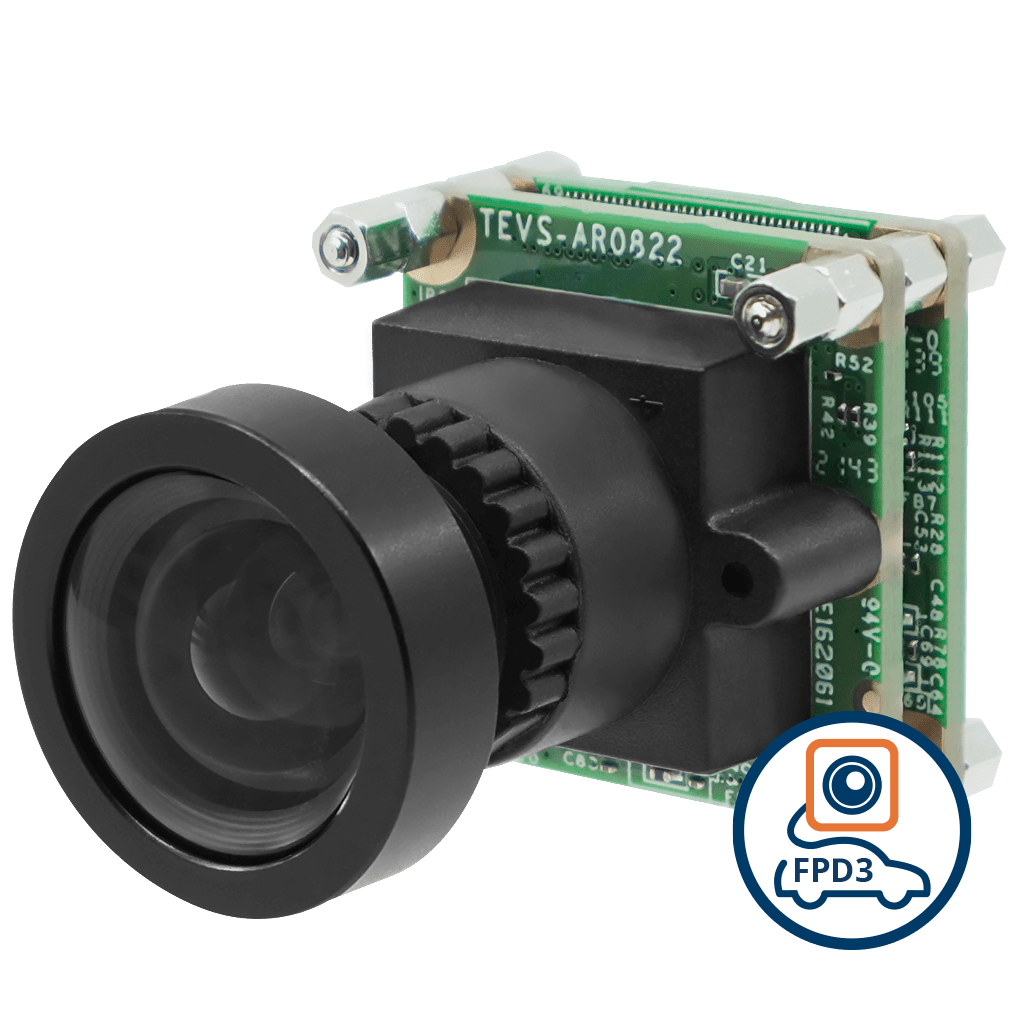Traffic enforcement in many cities and towns today involves enforcement officers standing on the side of the road and streets manually observing and capturing violations. This has worked well in the past, but comes with serious limitations such as the following:
- With increased traffic congestion and number of vehicles, it’s impossible to deploy officers everywhere.
- Officers cannot cover an area throughout the day. They could also at times miss violations happening around them.
- Manual recording of traffic violations is prone to errors and incomplete data.
The introduction of smart traffic systems helped overcome these challenges by automating the process of identifying traffic violations and safety issues. They do this with the help of sensors, cameras, and AI (Artificial Intelligence) algorithms.
Camera-enabled smart traffic systems are primarily of 3 types:
- Traffic cameras are mounted on a pole or wall in traffic junctions, tolls, and streets.
- Cameras are installed in public transport facilities such as buses and metros for in-vehicle surveillance.
- Cameras fitted on smart cars to enable mobile CCTV enforcement.
The last in the list has started becoming popular recently with many cities tightening their traffic enforcement rules. These new rules and policies are aimed at improving the safety of drivers, passengers, and pedestrians by leveraging modern technologies.
In this article, we will discuss how cameras are playing a part in this revolution by helping smart cars seamlessly capture images and videos.
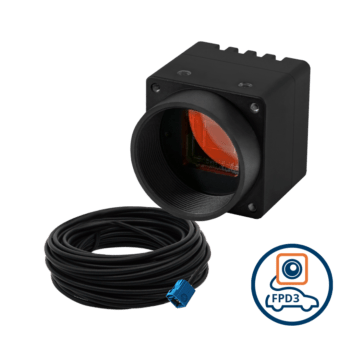
FPD-Link III Aluminium Enclosed Camera with onsemi AR0521 5MP Rolling Shutter with Onboard ISP + IR-Cut Filter with C Mount Body
VLS-FPD3-AR0521-CB
- onsemi AR0521 5MP Rolling Shutter Sensor
- Designed for Low Light Applications
- C-Mount for Interchangeable Lenses
- FAKRA Z-Code Automotive Connector
- Plug & Play with Linux OS & Yocto
- VizionViewer™ configuration utility
- VizionSDK for custom development
Why are Traffic Enforcement Cameras in Smart Cars Required?
According to the Governors Highway Safety Association (GHSA), drivers struck and killed an estimated 7,485 people on foot in the US in 2021 – the most pedestrian deaths in a single year in four decades and an average of 20 deaths every day. The US National Highway Traffic Safety Administration (NHTSA) finds excessive speed to be one of the biggest causes of these deaths.
While pole-mounted traffic cameras help capture speed violations to some extent, they have limitations concerning the area that can be covered. This is where smart cars can come to the rescue. They come with the following advantages:
- They are mobile and can be used to cover a larger area within a given time.
- They are perfect for use in tier 2 and tier 3 cities and towns where a smart city infrastructure is not set up yet.
- They can be placed in different locations based on the demand – for traffic enforcement and security purposes.
- Camera-enabled smart cars can reach streets and corners where a pole camera cannot be installed.
Given these advantages, many traffic and city authorities are employing smart cars with traffic enforcement cameras installed. This has increased the demand for smart camera solutions for traffic enforcement and management.
How do Traffic Enforcement Cameras in Smart Cars Work?
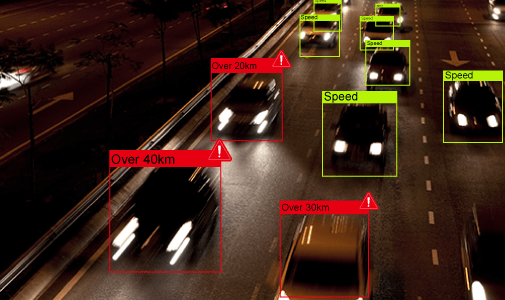
Smart cars in traffic enforcement are used for the following purposes:
- To collect data about vehicles on the road or parked in a specific location.
- To detect lane violations.
Smart cars perform these tasks by using ANPR (Automatic Number Plate Recognition) cameras.
These cameras are fitted on the top, at the front, the rear, and the sides of the vehicle – enabling a 360-degree view of the surroundings. This makes it possible to capture images of any vehicle or people around.
A smart car moves around in desired locations capturing images and videos. Depending on the complexity of the smart traffic system, these videos and images are either monitored manually or automatically. In the former, civil enforcement personnel inside the vehicle or at a remote location will continuously monitor the feed. In the latter, however, intelligent AI algorithms analyze the videos to detect parking and lane violations – based on which traffic enforcement professionals are sent alerts to take necessary actions.
Key Features of a Smart Car Traffic Camera
TechNexion is in the business of selling embedded cameras for various applications including smart traffic management. We understand what a camera module installed in a smart traffic vehicle needs in terms of its features. In this section, let us explore all such camera features you need to consider while integrating an embedded camera into your traffic enforcement vehicle.
Resolution
While choosing the resolution for a camera module, a common tendency is to go for a very high resolution (say 4K). However, in most cases, a resolution of around 3 to 4MP should suffice for traffic surveillance in a smart car. Since a traffic enforcement camera system uses multiple cameras to capture the surroundings, a single camera will only cover a limited field of view. In such a scenario, a 4MP camera would meet your imaging needs. That also helps to reduce the load on the host platform owing to reduced image and video size.
At the same time, if your application demands extremely high-quality data, you can consider going for a resolution of 8MP or above. An example is VLS-FPD3-AR0822-SL – a 4K AR0822-based camera from TechNexion with HDR.
NIR Performance
Since traffic surveillance needs to be done 24×7, a traffic and parking enforcement vehicle should be capable of capturing images and videos at night or in limited lighting conditions. This necessitates the need for the camera to have good performance in the NIR (Near InfraRed) spectrum.
If there is no need to capture color data, it might be a good idea to go for monochrome cameras since they tend to offer better quantum efficiency in the NIR region compared to color cameras.
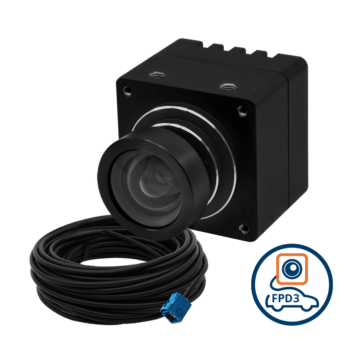
FPD-Link III Aluminium Enclosed Camera with onsemi AR0822 8MP 4K Rolling Shutter with Onboard ISP + S-mount Lens with IR-Cut Filter
VLS-FPD3-AR0822-SL
- onsemi AR0822 8MP Rolling Shutter Sensor
- 4K HDR Imaging Capabilities
- Near Infra-Red Enhancement for Outdoor Applications
- Designed for Low Light Applications
- S-Mount for Interchangeable Lenses
- FAKRA Z-Code Automotive Connector
- Plug & Play with Linux OS & Yocto
- VizionViewer™ configuration utility
- VizionSDK for custom development
| Sensor | onsemi AR0822 |
| Shutter | Rolling |
| Megapixels | 8MP |
| Chromaticity | Color, Monochrome |
| Interface | FPD-Link III |
PTZ (Pan, Tilt, and Zoom)
Shutter Type
As a traffic enforcement vehicle must capture images and videos on the move, to avoid artifacts, a global shutter camera might be needed. This depends on the relative speed of the smart car concerning the vehicle being captured.
As the vehicle moves, the camera captures the video of the surrounding roads and bridges. This data is then transmitted to a host system onboard the vehicle through a USB or SerDes interface (FPD-Link III for example).
IP Rated Enclosure
As traffic enforcement cameras are exposed to the outside environment, they need a strong enclosure that can protect them from water and dust. An enclosure of IP66 rating or above is recommended in a scenario like this.
Multi-camera Setup in Commercial Vehicle Enforcement
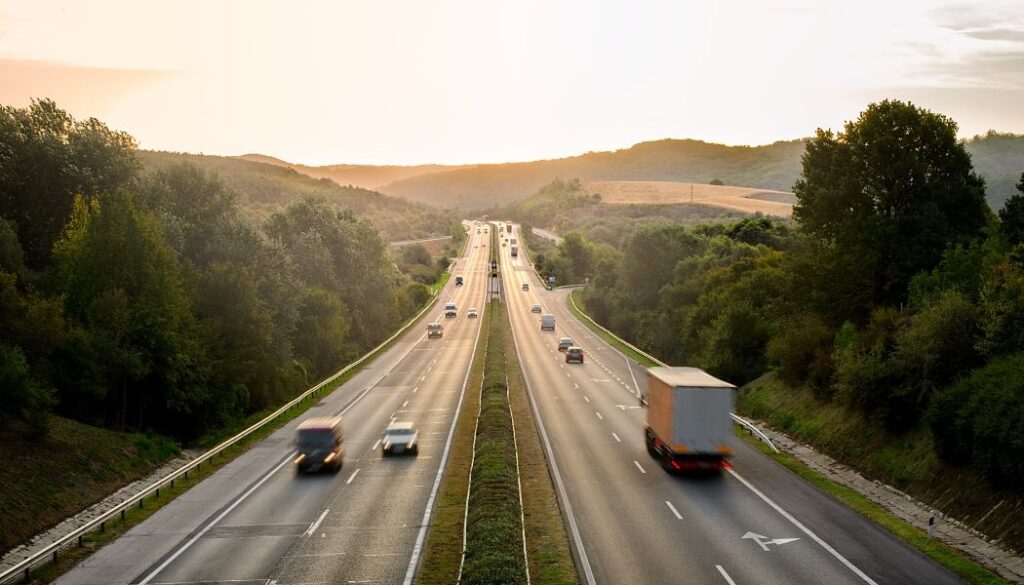
As mentioned before, smart cars use multiple cameras to capture the full field of view. Hence, a set of additional factors need to be considered while choosing an embedded camera for smart car-based traffic enforcement. They are given below:
- Number of cameras: The number of cameras will depend on the field of view to be covered. For a 360-degree view, 5 to 6 cameras are used. All these cameras should operate in sync to be able to deliver a smooth video stream for monitoring.
- Host platform: The host platform should come with enough processing power to accommodate 5 to 6 cameras. Modern processors like NVIDIA Jetson and TI Jacinto TDA4VM are suitable for this.
- Resolution and frame rate: The higher the resolution and frame rate of the camera, the higher should be the bandwidth of the interface. Unless there are image quality requirements, it is recommended to go with medium resolution. That will enable the camera system to achieve higher frame rates for the same bandwidth and processing capability of the system.
- Image stitching: If you are using the feed from multiple cameras separately for viewing and monitoring, stitching is not required. However, if the application requires you to create a panoramic view, image stitching has to be used.
TechNexion: Building Smart Camera Modules for Traffic Enforcement
Traffic enforcement cameras are no longer a ‘nice to have’. With newer regulations and policies coming into effect in cities across the world, the need for traffic enforcement vehicles is only going to rise. So, if you are into the business of building smart traffic solutions, this is the time to make that next big leap in the space. And TechNexion can help you in that journey.
We are an embedded solutions provider with products spanning embedded cameras, system on modules, panel computing solutions, etc. Our 20+ years of experience in the embedded systems industry has given us the opportunity to work closely with customers across the smart city, robotics, agriculture, industrial, and medical markets to successfully integrate our cameras into their products. What sets us apart are our focus on product design and innovation, state-of-the-art manufacturing facility and practices, a world-class partner ecosystem, and the obsession with quality.
You can explore all our embedded vision products here.
Related Products
- Why are Traffic Enforcement Cameras in Smart Cars Required?
- How do Traffic Enforcement Cameras in Smart Cars Work?
- Key Features of a Smart Car Traffic Camera
- Resolution
- NIR Performance
- PTZ (Pan, Tilt, and Zoom)
- Shutter Type
- IP Rated Enclosure
- Multi-camera Setup in Commercial Vehicle Enforcement
- TechNexion: Building Smart Camera Modules for Traffic Enforcement
- Related Products
Get a Quote
Fill out the details below and one of our representatives will contact you shortly.

